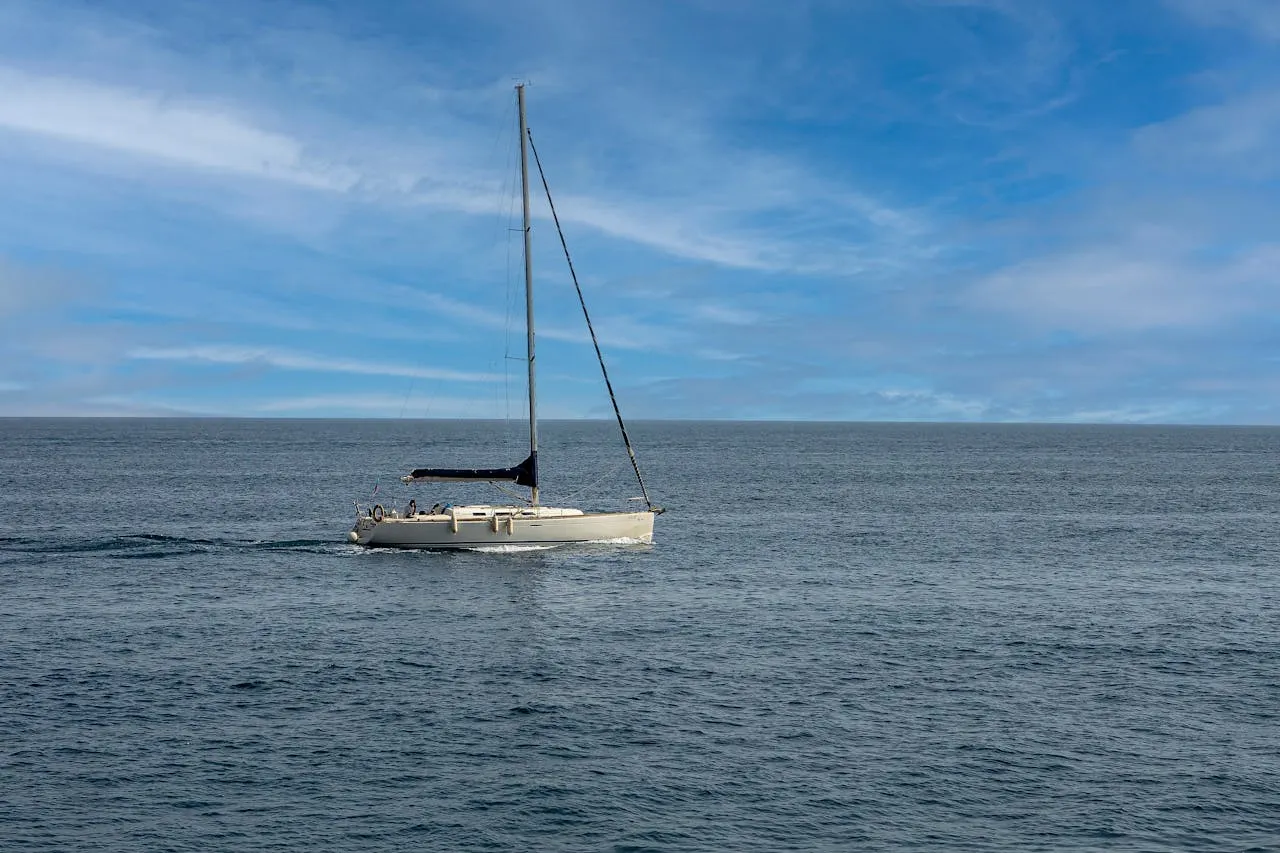18 July 2025
How to Choose the Right Sailboat for Ocean Sailing?
Many people who are about to buy a new yacht are concerned about one central question: how to choose the right sailboat for ocean sailing? In fact, worldwide, and especially in Europe, yachts are classified according to a set of clear criteria, on the basis of which the shipyards mark the sailing yachts that leave the factory. It is through these ratings that the suitability for ocean sailing is accurately judged.

How to Choose the Right Sailboat for Ocean Sailing?
In the ocean sailing sector, yachts are classified into four classes according to their seaworthiness:
Class A - Ocean
These yachts are equipped with professional autonomous navigation and safety equipment, designed for long sea voyages, and are able to withstand winds of force 8 or higher and waves of more than 4 metres.
Class B - Offshore
Suitable for longer distance sailing, also equipped with professional equipment, they can safely handle winds up to force 8 and waves up to 4 metres, but the sailing range is mainly limited to offshore.
Class C - Inshore
Suitable for inshore or inland waters such as bays, estuaries and lakes, able to withstand winds up to Class 6 and waves up to 2 metres, not recommended for ocean use.
Class D - Sheltered waters
Mainly used in protected waters, such as canals, small rivers and lakes, and can withstand winds up to class 4 and waves up to half a metre.
Therefore, boat owners who are preparing for ocean voyages should focus on Class A and B sailboats, which have sufficient structural strength and equipment protection for long periods of time at sea.
With the advancement of yacht design and user needs, the average size of ocean-going sailboats has been increasing year by year, and nowadays the mainstream is around 45 feet. While larger yachts offer more interior space and amenities, such as comfortable lounging areas and even small pools or spas, the cost of maintenance, insurance and mooring has also risen. At the same time, the larger the size, the more limited the flexibility to visit shallow harbours and secluded islands.
Recommendations for yacht size also vary from sea to sea:
In the Baltic Sea, where the winds and waves are shorter, a 35-foot sailboat will suffice;
For Mediterranean sailing, a boat of around 40 feet is recommended for stability;
If you are planning to cross the Atlantic Ocean, it is recommended to choose a boat of 42 feet and above to ensure a safer and more comfortable voyage.
Key Points for Choosing Hull Materials
Currently, the main materials used for ocean-going sailboats include fibreglass, aluminium and steel. Although wooden boats were once popular, they have been gradually phased out due to the difficulty of maintenance and their susceptibility to damage in tropical sailing conditions.
Steel yachts are sturdy and durable, but they require regular anti-corrosion treatment, and it is important to have them professionally inspected when purchasing a boat to avoid hidden defects.
Fibreglass yachts are the most popular among modern sailing yachts and are ideal for small to medium sized boats due to their good soundproofing and high space utilisation.
Aluminium boats, on the other hand, offer good ventilation, are odourless and are naturally resistant to lightning strikes and water seepage, but are more expensive and require an extra budget.
When choosing a hull material, in addition to personal preference, you should also consider the sailing area and maintenance conditions.
Advantages and Disadvantages of Monohulls and Catamarans
Monohulls and catamarans have their own advantages and disadvantages, and the key lies in the actual needs of the boat owner:
Monohulls are compact, take up less space in the harbour, are economical and have the ability to recover from capsizing, but have a deeper draught, limiting their flexibility when close to the shore, and their interior layout is more fixed.
Catamarans are more stable when sailing on the leeward side due to their wide hulls, and their shallow draught design allows them to enter more shallow water and the cabin space is flexibly divided, but the cost of berthing in the harbour is high and there is a higher risk of capsizing when encountering strong winds.
It is very important to choose the right type of boat according to the ocean voyage plan and the demand for space inside the boat.
Differences in Keel Design
Sailing experience has shown that a long keel design makes a vessel more stable at sea and suitable for ocean going, but is relatively cumbersome to manoeuvre in port. Conversely, short keel boats are manoeuvrable and suitable for narrow harbours, but will rock somewhat when moored.
The choice should be made according to the environment of the frequented harbours and the handling habits.
Equipment and Practical Experience
Building a complete ocean-going sailboat requires a lot of hands-on experience. There is a wide variety of equipment on the market, but many of them can only be judged as necessary during actual sailing. Whether you are a novice or a seasoned skipper, gaining sailing experience is the key to avoiding wastage and ensuring safe sailing.
Before purchasing a boat, it is advisable to carefully research the size, materials, deck layout and overall build quality, and to choose the most suitable sailing boat for ocean sailing, taking into account budget and actual needs.
The core of choosing the most suitable sailing yacht for ocean voyage is to understand the international class standard and to determine the size of the yacht reasonably according to the sailing area.
 Report
ReportNetizen comment
Comments

Leave the comment
Relevant Recommendation
Yacht Info
Most Recommended




